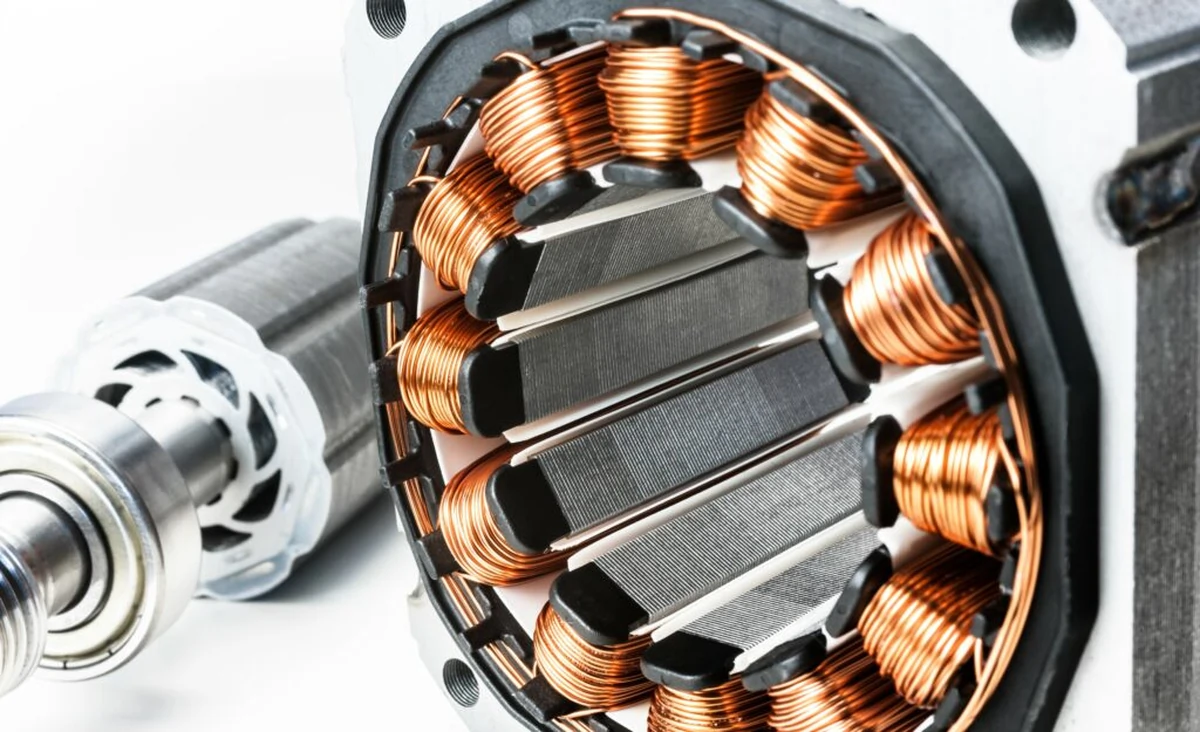What are the most heavily used motors in industry?
2024-05-30 16:39:41
Motors are vital components in industrial settings, powering a wide range of machinery and equipment. However, not all motors are equally prevalent in industrial applications. This article aims to explore the most heavily used motors in industry, shedding light on their characteristics, applications, and significance in various sectors.
I. Overview of Motors in Industry
Before delving into the specific types of motors heavily used in industry, let's briefly understand the importance of motors in industrial applications:
Motor Functionality
Motor functionality
Motor functionality
Motor Selection Factors
When selecting a motor for an industrial application, several factors come into play, including power requirements, speed control, efficiency, size, environmental conditions, and cost considerations.

II. Induction Motors
Induction motors are among the most heavily used motors in industry. They offer numerous advantages, including robustness, reliability, and cost-effectiveness. Induction motors can be further categorized into two types:
Three-Phase Induction Motors
Three-phase induction motors are widely employed in industrial applications due to their high efficiency, simple design, and ruggedness. Three-phase induction motors are currently the motors with the highest market share on the market. They operate on three-phase alternating current (AC) power and are commonly found in pumps, compressors, conveyor systems, fans, and various other industrial machinery.
Single-Phase Induction Motors
Single-phase induction motors, as the name suggests, run on single-phase AC power. They are commonly used in applications where three-phase power is not available, such as in smaller machinery, appliances, and tools.
III. Synchronous Motors
Synchronous motors are another heavily used motor type in industry. They offer precise speed control and are often preferred in applications that require constant speed operation. Two common types of synchronous motors include:
Permanent Magnet Synchronous Motors (PMSMs)
PMSMs utilize permanent magnets on the rotor, which interact with the stator's rotating magnetic field. These motors offer high efficiency, excellent torque control, and are commonly used in robotics, machine tools, and electric vehicles.
Brushless DC Motors (BLDC)
Brushless DC motors, also known as electronically commutated motors, rely on electronic control circuits to switch the current flow in the rotor windings. They provide efficient and reliable operation, making them suitable for various industrial applications, including pumps, fans, and automation systems.
IV. DC Motors
While servo motor dominate industrial applications, DC motors still find extensive use in certain applications that require precise control and high torque. Some commonly used DC motors include:
Brushed DC Motors
Brushed DC motors employ brushes and a commutator to switch the current flow in the rotor windings, creating continuous rotation. They are simple, cost-effective, and found in applications such as conveyor systems, robotic arms, and automotive systems.
Brushless DC Motors (BLDC)
As mentioned earlier, brushless DC motors offer superior performance compared to brushed DC motors. They are widely used in industrial automation, robotics, medical equipment, and aerospace applications, where precise control, high efficiency, and reliability are crucial.
V. Servo Motors
Servo motors are specialized motors that provide precise control of angular or linear position, velocity, and acceleration. They are often used in industrial robotics, CNC machines, automated manufacturing systems, and other applications requiring high precision and dynamic performance.
VI. Conclusion
In summary, several types of motors are heavily used in industry, each with its own advantages and applications. Induction motors, particularly three-phase induction motors, are prevalent due to their efficiency, reliability, and cost-effectiveness. Synchronous motors, such as permanent magnet synchronous motors and brushless DC motors, offer precise control and find use in robotics, electric vehicles, and automation systems. DC motors, including brushed and brushless types, are employed in applications requiring high torque and precise control. Additionally, servo motors play a vital role in industrial automation and robotics, offering exceptional precision and dynamic performance.
See What Lunyee Can Do For You
Contact Us
- 8619149417743
- +86-0371-5562 0274
- [email protected]
- Zhengzhou, Henan Province, China
- Mon-Fri: 9:00 - 18:00




